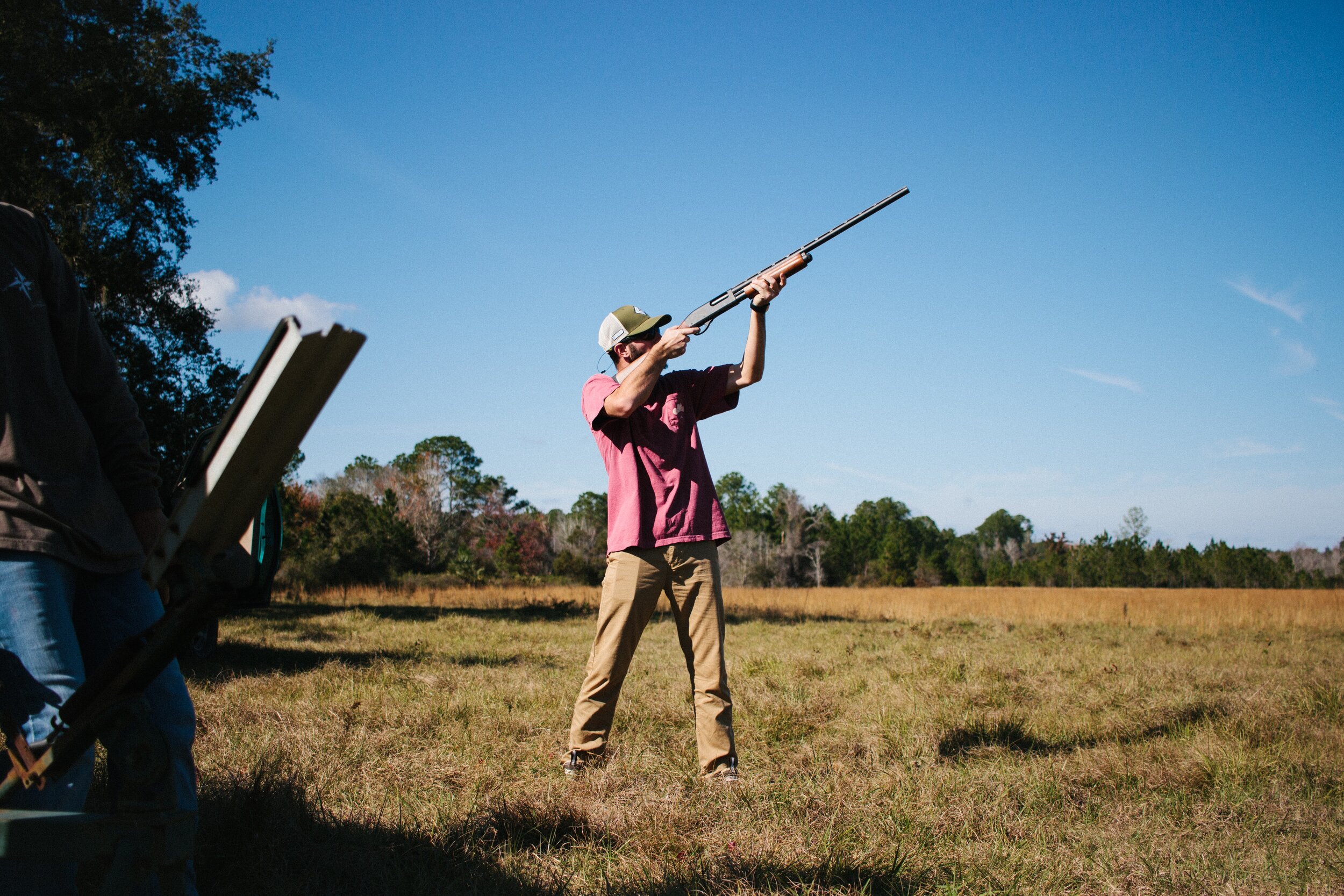Buying a Second-Hand Firearm
A version of this first appeared in Minnesota Outdoor News
Used but not abused. That's the key to getting a real deal on a firearm, literally the most bang for your buck. Many shooters are afraid to buy a secondhand firearm because they fear it's a lemon. If it were any good, why would someone sell it? I know the answer to that one – actually several answers:
Lost my job and need the cash.
Wife's pregnant and need the cash.
Moved to the city and don't have time to hunt anymore.
Got bored with the old .270 and decided I needed a .300 Weatherby.
Discovered I had too many rifles and sold the three I hadn't used in 10 years.
Didn't like the recoil.
Wanted more power and range.
Too old to hunt anymore.
It doesn't fit me.
I'm stupid.
None of these is a bad reason to sell a gun, nor keep you from buying it. And #10 may be the best reason of all. Many shooters sell perfectly good rifles because they think they're inaccurate, perhaps the barrel's shot out. Quite often they're merely dirty, improperly bedded or shooting the wrong ammunition. I once sold a .22-250 Savage I didn't think was shooting well enough with factory ammunition. The friend I sold it to handloaded a few recipes until he found one that made this the most accurate rifle he'd ever owned. And I've twice discovered hunters shooting .300 Win. Mag. ammo through .300 Weatherby Magnum chambers.
The trick to getting a good used gun is careful inspection. These are basic mechanical tools, so judge them on appearance, function and performance. If it looks and feels worn out and abused, it probably is. Knocks and dings may be only superficial, or they may hint at more serious problems. Cracked, dried-out wood indicates water damage. Rust is a serious problem if it locks up operating parts or etches a barrel especially the bore. Light, surface rust can be polished away and the metal protected by re-blueing or baking on a ceramic finish. Light pitting in a shotgun barrel isn't a huge problem, but in a rifle can ruin accuracy. Blackpowder bores are especially susceptible to rust due to salts in the powder. The Hawkeye borescope slips down a barrel for a magnified view of its entire length. You may be able to borrow one from a gunsmith. Your auto mechanic may have a small scope for looking inside engines that could work, too. Irregular pits near the muzzle suggest severe rust damage. Near the chamber throat they could be rust or cracking/erosion from excessive heat. Neither guarantees inaccuracy, but throat erosion often suggests the barrel may be reaching its useful end.
A dull, sooty appearance within a bore denotes powder fouling. Copper streaking indicates jacket fouling. Either can be removed with a thorough cleaning, and that may turn the gun into a tack driver. Many hunters imagine barrels are "shot out" when they're merely dirty. It takes about 1,000 rounds from even the highest velocity calibers to "burn out" a barrel, meaning reduce accuracy significantly. Few big game rifles approach that level of use. Varmint calibers are more likely to have shot-out barrels, especially if they were shot hot, rapid fire. When examining a used gun, operate all moving parts and watch closely for wear, grooves or any loose, sloppy feel, especially in pumps and lever actions. Loose screws, stocks and the like are signs of hard or long use. If you know how to strip a bolt and remove the firing pin, do so, looking for rust, cracking or gunky old oil/grease that might be slowing the works. Check screw heads for signs of stripping. Most casual hunters rarely, if ever, remove barreled actions from stocks, so screws remain pristine. A gouged slot could suggest frequent attempts to fix something or merely enthusiastic cleaning.
Gun stores rarely let you shoot before you buy, but individuals might. Fill the magazine and run through it quickly to make sure everything feeds correctly. No hang ups, no jams, complete ejection. Pattern shotguns, firing several rounds at the same bullseye to determine if the pattern is centered. A gunsmith can adjust shotgun impact by bending the stock later. Shoot three-shot groups from a solid rest to minimize human error and give a true picture of rifle accuracy. Try several brands of ammo/bullets if possible. If you find what appears to be a tight, decently maintained rifle with poor accuracy, play with bedding screws and reshoot. First, loosen the tang (rear) screw and fully tighten the lug (front) screw. If the group doesn't improve, reverse and try again. Try slipping a folded business card between the barrel and forend stock near the tip. If you see improvements in accuracy, the gun likely has a bedding problem rather than a bad barrel, and that can be easily fixed with epoxy, washers and/or a bit of sanding in the barrel channel. A gun with a broken stock can usually be restored with an aftermarket stock, but research available models and costs before you lay out your money. Boyds' Gunstocks sells wood laminates for under $100.
Finally, research used gun values on the Internet or any of several "gun values" books sold at most sporting goods stores. Specific models, styles and serial numbers are worth more or less. Few old guns are worth what many hope. Negotiate from a position of strength and talk as if you know more than the seller and you could get the bargain of your life.
















